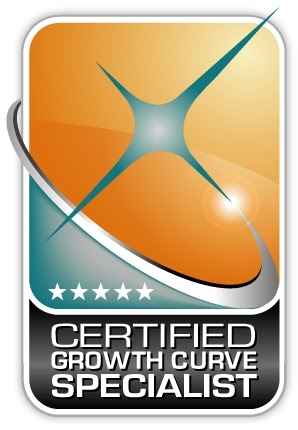When I started my business in 1986 it was a different world, e.g. few personal computers, no internet, etc. Yet in other ways it’s the same. People are people and obtaining business is about fulfilling customers’ needs.
When I work with a new client on their marketing and sales program their focus is primarily on finding new customers. For a start-up firm with no customers, this is obvious. However, for those businesses who have been operating for a few years, they have other options that should be considered. Let me explain.
Curt Clinkinbeard in his book, Customer Pillars, explains that every business sells to only 3 types of customers. One type of customer is current or existing. A second type is previous. And, the third is new.
Obviously if you are starting a new business then you have no current or previous customers so you need to focus on finding customers and they will all be new. Even in this case, you probably have contact with customers from your pervious work. Start in a warm market. Start with potential customers who already know you. Likewise, obtain referrals from your contacts. Referrals are warm leads as the people you will call on trusts the person who made the referral.
However, if you have been in business for a number of years, then you will have both current customers and previous customers. Why is this important? These people already know you and what you do. You don’t have to find them or convince them to buy from you. They are buying from you or have made purchases from you in the past.
Clinkinbeard states that the typical marketing plan looks like this:
Current 20%
Previous 5%
New 75%
He then sets forth what he feels is the “ideal marketing plan” which looks like this:
Current 50%
Previous 25%
New 25%
Doesn’t it make sense that it would be easier to increase sales, say by 10%, to existing customers rather than spend the money, time, and effort to find and try to sell to new customers? And, doesn’t it make sense to spend at least as much time marketing to previous customers as to new ones? Previous customers already know you.
A common misconception is that previous customers were not satisfied with your product or service. This could be the case. However, most often the issue was a change in the firm which resulted in your losing contact or someone else getting their attention for whatever reason. If you make an appropriate contact you would learn what you need to do to get them to return as a customer.
With current customers a common problem is they see you as providing a specific product or service. Many of my clients say when they start a marketing program to existing customers a common response they often hear is “I didn’t know you did that.” Likewise, current customers can be a great source for finding new customers. Switching 75% of your marketing from new customers to current and previous customers can make all of the difference in the world to your ability to grow your sales.
Then consider the 80-20 Rule. This rule states that 80% of your sales come from 20% of your customers. Let’s say that you have 100 customers, check your sale and you’ll find they provide about 80% of your income. Thus, in growing sales you want to look first at these customers. Second, I would suggest you look at the next tier of customers. Which of your customers who are just below the 20% might you be able to work with and move them into the 20% bracket? Then apply Clinkenbeard’s formula. Which companies are growing and have the greatest potential to grow? This type of marketing and sales program is not about writing ads, posting on the internet, etc. This is about getting to know your customers. What are their needs, what are their plans for this year, etc.? Think of this as more of a partnership which is mutually beneficial to both of you.
While Clinkenbeard helps you with your marketing focus, understanding the 7 Stages of Growth helps you recognize how to manage those increasing sales. Sales are the gasoline that fuels your company and its growth. If you have been in business for a couple of years, then you may still be in a survival state. Based on his research from working with 650 CEO’s, James Fischer identified issues that will arise from increasing sales which a CEO will need to address. He defines 7 Stages of Growth that companies pass through from start-up to 500 employees. Stage 1 Start-up is a firm with 1 to 10 employees. As one grows sales you have to add employees to produce more products or provide more services. Stage 2 is labeled Ramp-up. At this stage, a firm has 11 to 19 employees and to support them requires an even stronger marketing and sales program.
Adding employees adds complexity to all companies. At every stage of growth, many things need to change to continue to grow a company. Top challenges change, e.g. from cash flow to hiring quality people. Leadership shifts from specialist and visionary to manager. Focus moves from profit to process to people. Risk taking needs to be reduced. Leadership style moves from pacesetting and commanding to coaching and visionary.
If you would like to learn more about the 7 Stages of Growth, and how it can help you to continue to grow your business, contact me today. Call 763-691-8585 or email me at Tom@trwconsulting16.com
Want to learn even more? Check out my eBook 4-Puzzle Pieces to Growing a Successful Business. It is a FREE download and only 30 pages long but is filled with great ideas. Click on the link below, complete the form, click that you are not a robot, and then click on Send Me My Free eBook.
https://www.trwconsulting16.com/free-ebook-4-puzzle-pieces-to-growing-a-successful-business/



